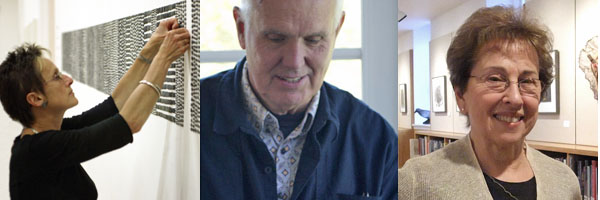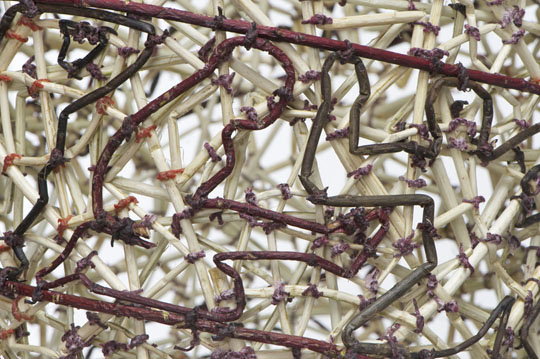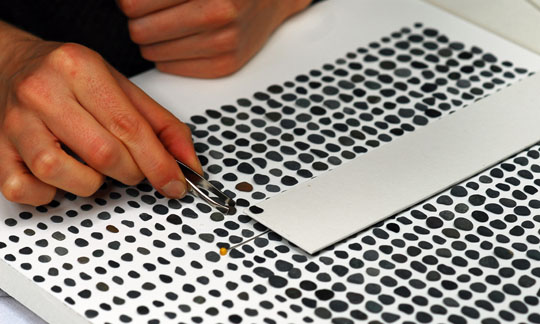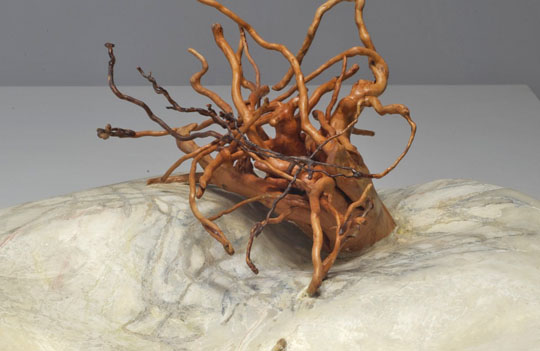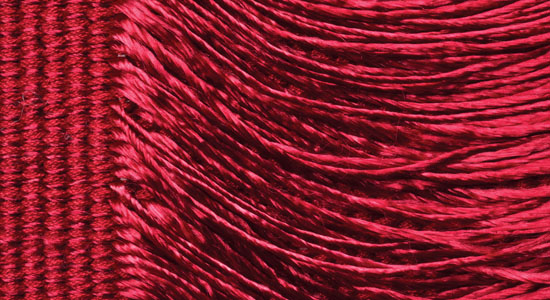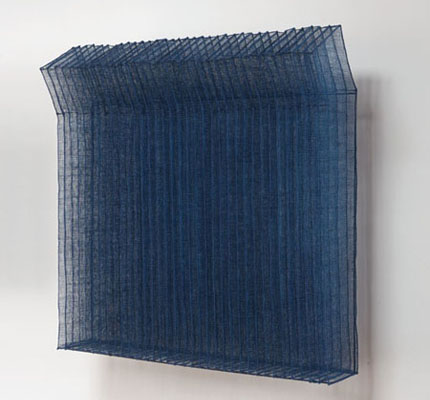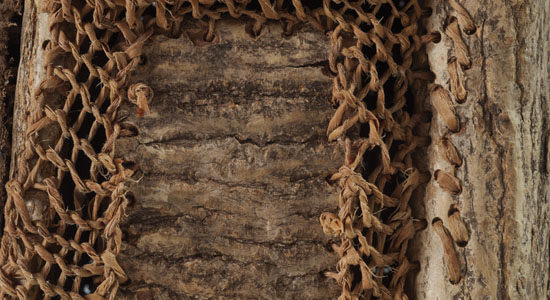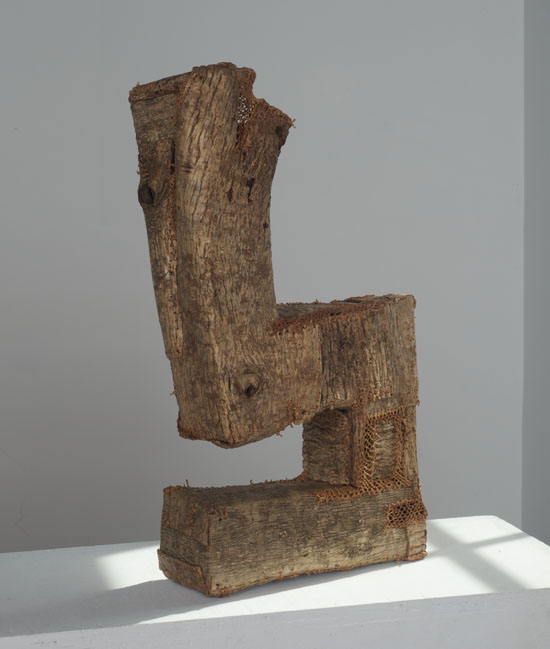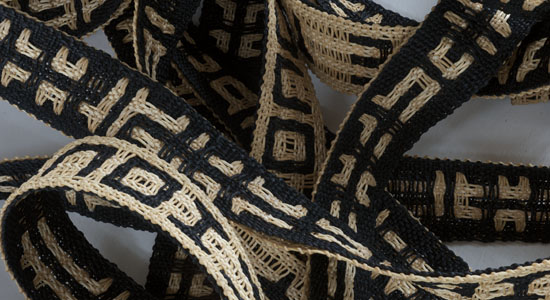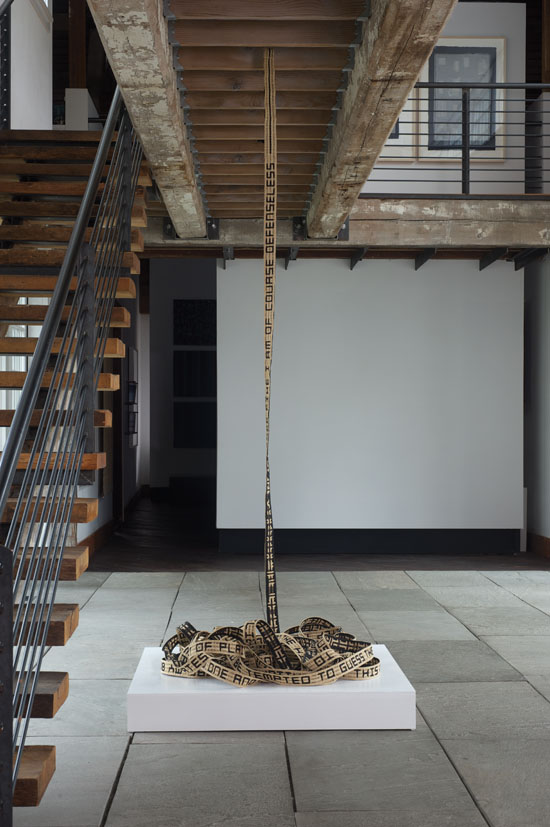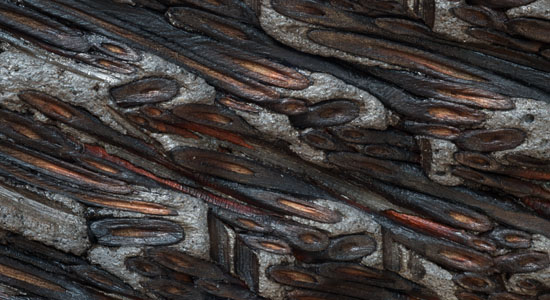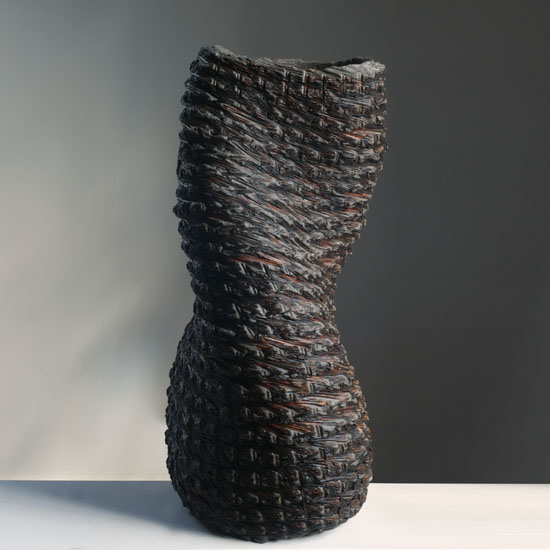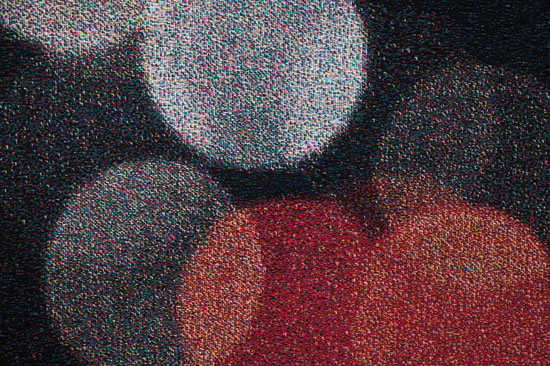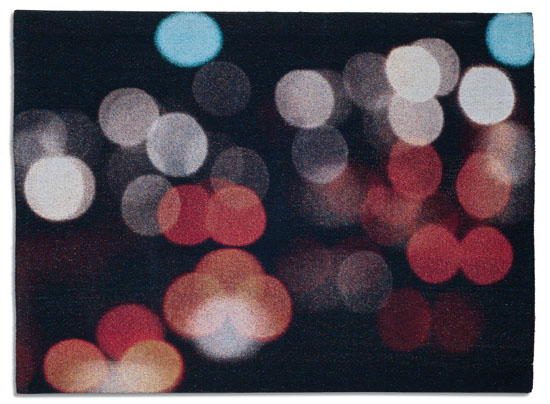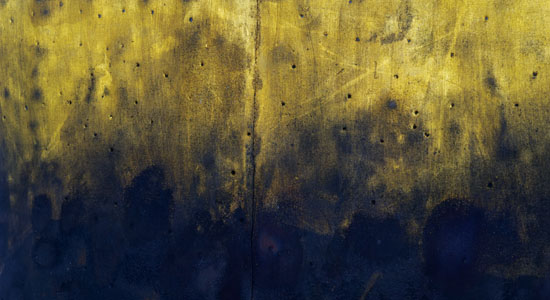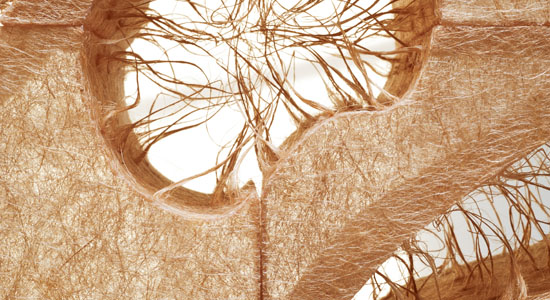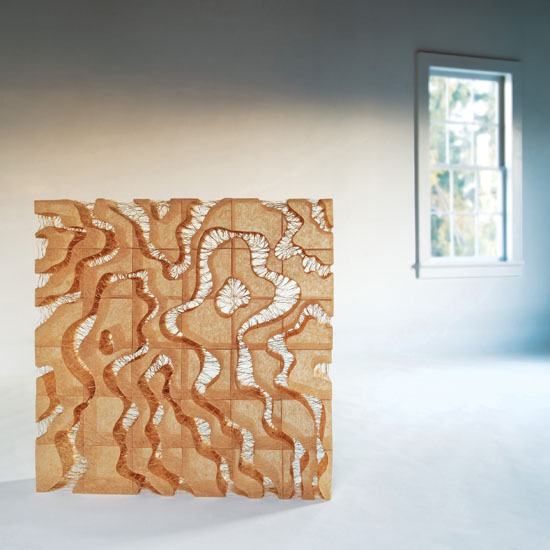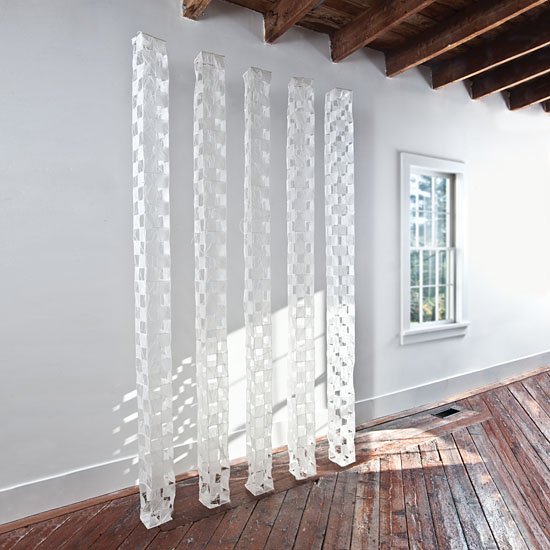
UNTITLED, Naomi Kobayashi, kayori thread, paper, 99″ x 54″ x 5″, 2006, photo by Tom Grotta, courtesy of browngrotta arts
Paper holds a powerful place in the history of human interaction, marking our milestones with birth certificates, marriage licenses and diplomas, maintaining our collective Paperworks: material as medium at the Flinn Gallery at the Greenwich Public Library, Greenwich, Connecticut from May 10th through June 21st, curated by Kelly Eberly and Barbara Richards and browngrotta arts, celebrates paper in another guise – as a medium for art.
The work of more than 30 international artists inspired by and created from paper is featured in Paperworks. In them, paper has been stitched and plaited, carved and stacked, used as pulp to be molded and reformed, while newspapers, telephone books and dress patterns have been repurposed as vessels and sculpture. The artists in Paperworks treat varieties of paper their material as others would wood, linen, clay or marble.

OVER EASY, Dona Anderson, paper armature covered with pattern paper as surface design. Frame (cover) is rounds reeds strengthened with pattern paper, polymer and black paint 10″ x 14″ x 14″ , 2011. photo by Tom Grotta, courtesy of browngrotta arts
Several of the artists in Paperworks create structures of recycled papers. Wendy Wahl of the US uses pages of old encyclopedias to create an arbor of arches while Kazue Honma of Japan creates vessels from Japanese telephone books and Japanese artist Toshio Sekiji weaves wallworks newspapers from around the world. The exhibition includes constructions by the late US artist Ed Rossbach made of cardboard and newpaper and vessels made of dress pattern paper by US artist Dona Anderson.
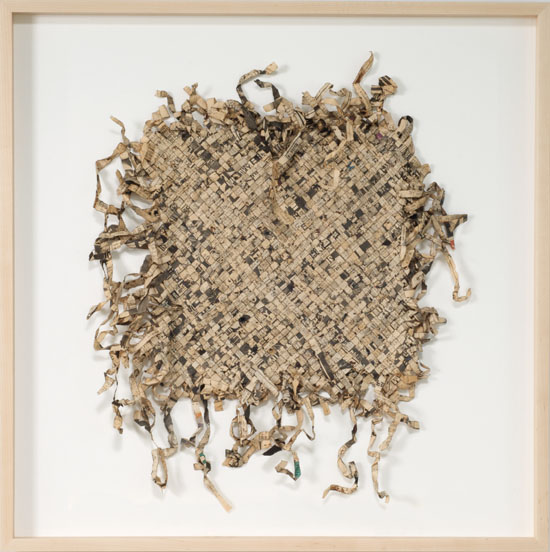
34ts COUNTERPOINT 8, Toshio Sekiji, Korean newspapers; black urushi lacquer 28″ x 25″ x 4″, 2009, photo by Tom Grotta, courtesy of browngrotta arts
For Jane Balsgaard of Denmark, Naomi Kobayashi of Japan and Pat Campbell and Mary Merkel-Hess of the US, handmade and gampi paper create semi-translucent, ethereal objects that seem capable of floating. In Balsgaard’s case, the paper she uses is made from materials gathered near her summer home in Sweden. Mary Merkel-Hess uses gampi paper, papier-maiche and reed to create baskets, softly lit sculptures and wall works. Other artists, including Sylvia Seventy from the US, use molded paper pulp to create art, including in Seventy’s case, molded paper bowls populated with found and other objects.
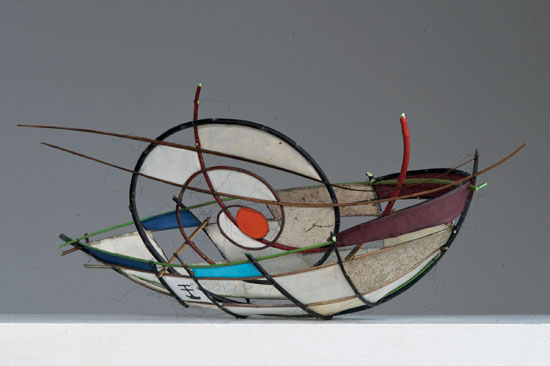
brazilian palm, banana leaves, morbærbark paper, 11″ x 24″ x 9.5″, 2010, photo by Tom Grotta, courtesy of browngrotta arts
In conjunction with Paperworks: material as medium there will be a Curator’s Walkthrough on May 12th at 2 p.m. and an Artist’s Talk by artist Wendy Wahl on June 10th at 2 p.m. The Flinn Gallery is in the Greenwich Library, 101 West Putnam Avenue, Greenwich, CT 06830. An opening reception will be held May 10th from 6-8. For more information call: 203.622.7947.

